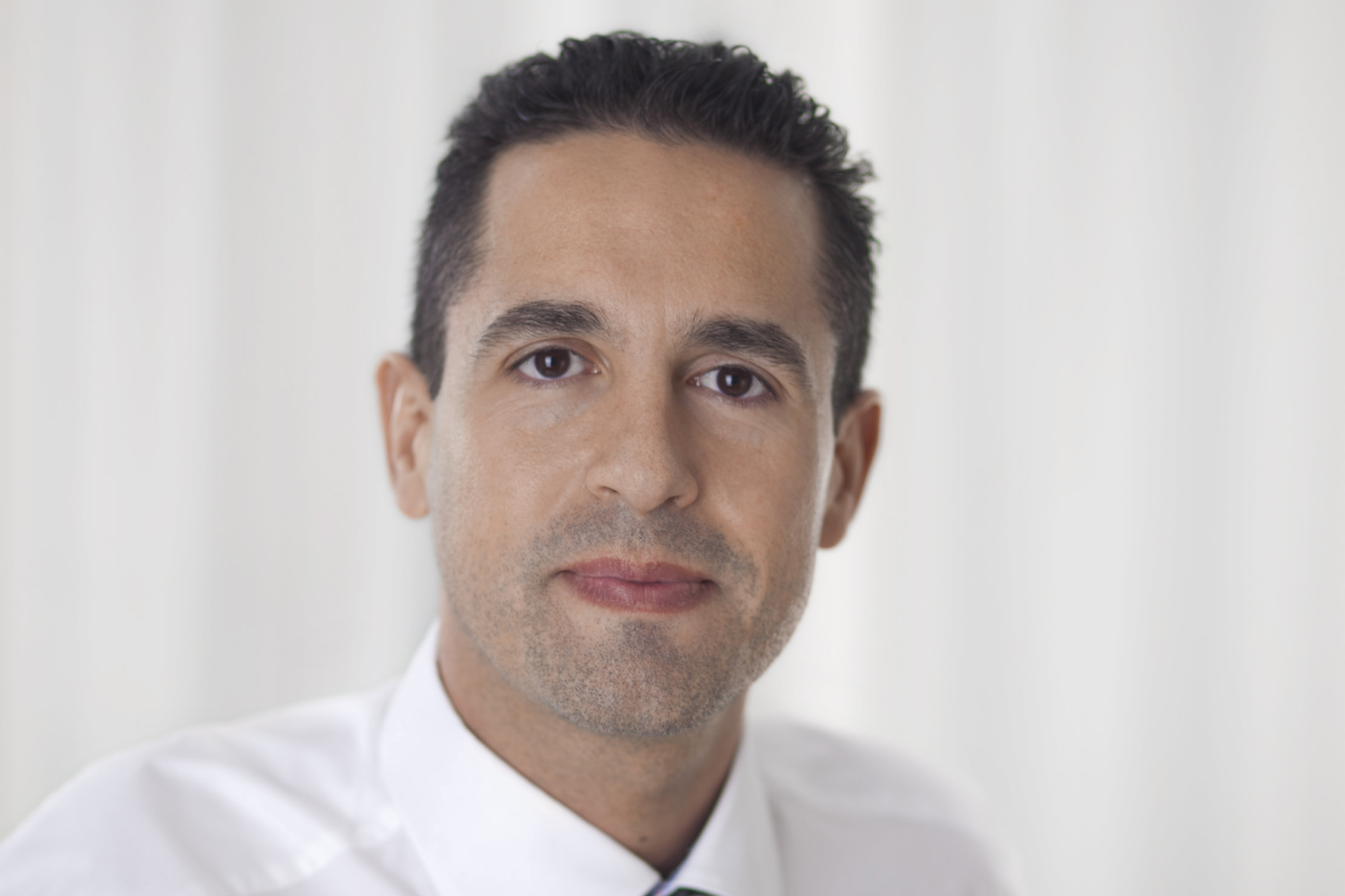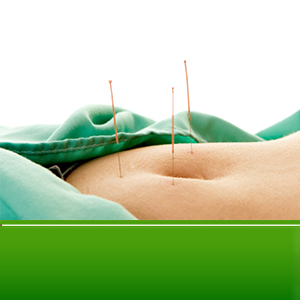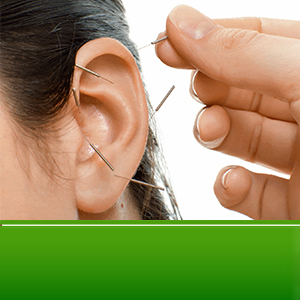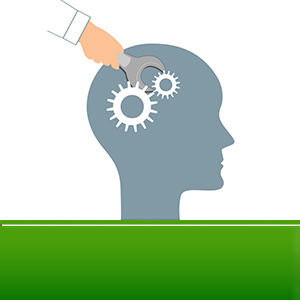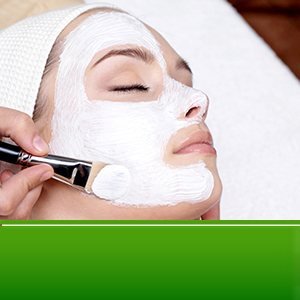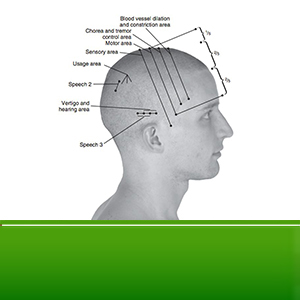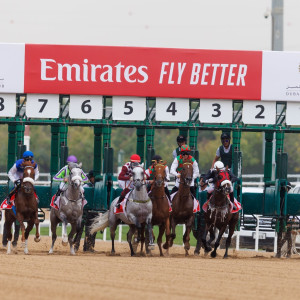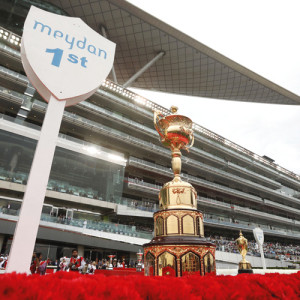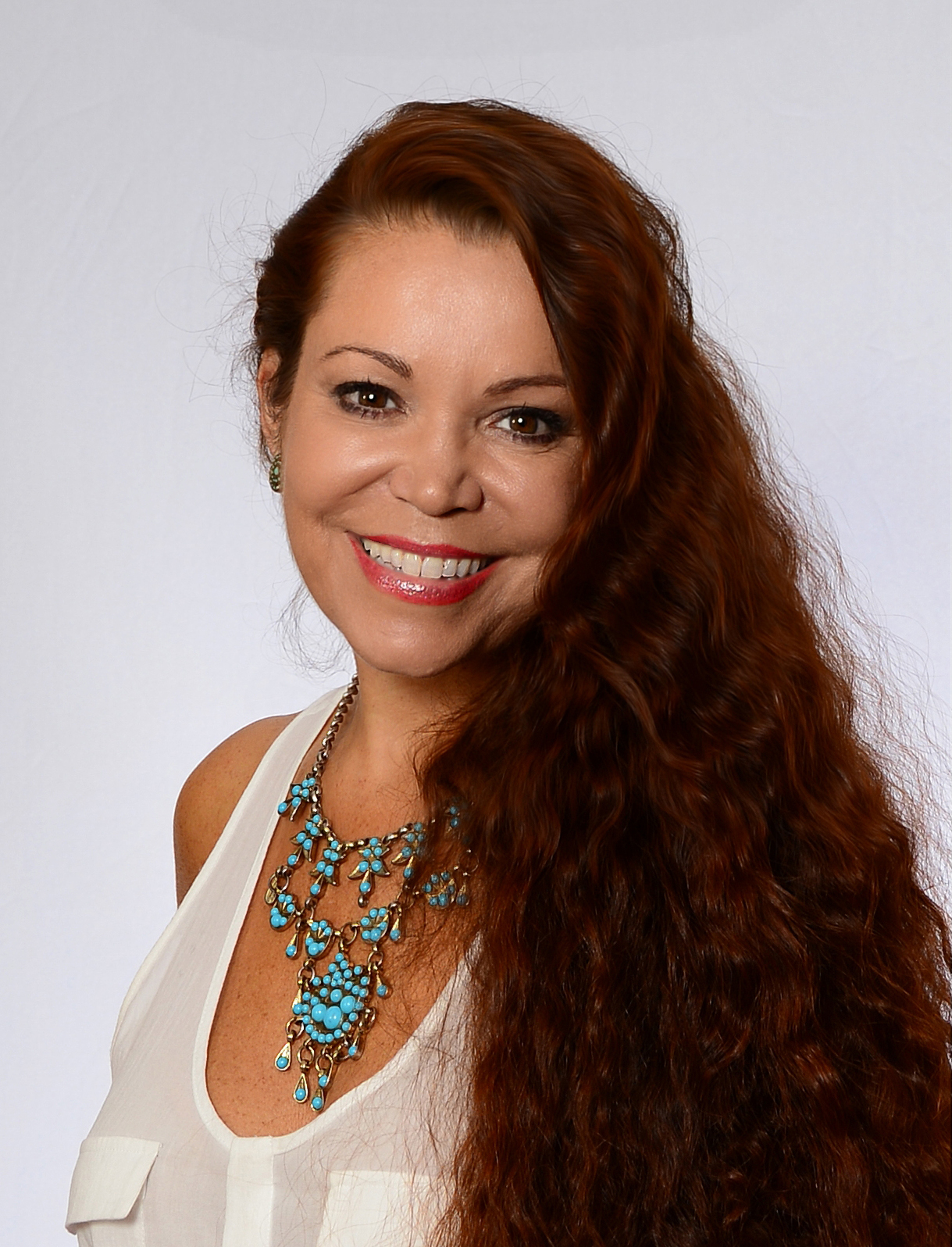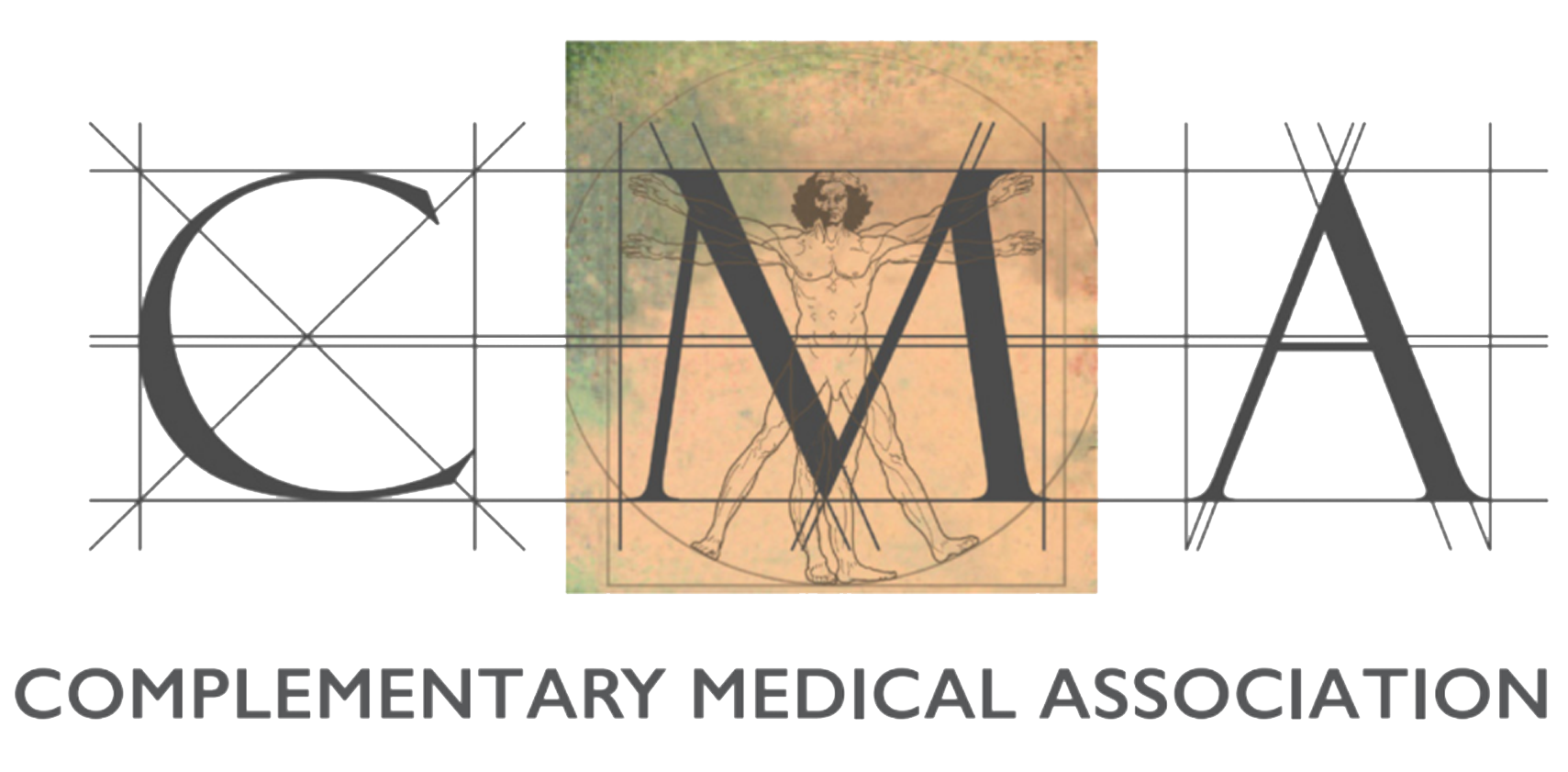
Register Now! Please, fill in your personal details and we will contact you shortly
Chiropractic
Audience
About the program
Learn how to recognize and effectively treat pathology related to equine athletics and explore ways to maximize your horse’s competitive performance and minimize risk of injury. Equine Chiropractic is a growing part of complementary equine medicine in both the Middle East and the Western world.
This course will encompass the topics of basic equine anatomy, neurology, physiology, basic biomechanics assessment for normal motion, joint restriction assessment, and chiropractic manipulation techniques. The course will meet for a duration of 4 weeks and will largely include hands-on active learning through direct practice.
The course will cover the basics of anatomy and biomechanics in all regions of the equine skeleton and also the underpinning philosophy, history and science of chiropractic as a modality. The course will explore common pathology that benefits from chiropractic care and the basic principles of its application and why it works. This will be necessary as in order to progress to the practical elements of anatomy and topography underpinning initial theory is required to make the sessions enjoyable.
The practical aspects of the course will be led by myself, demonstration of the theory will begin the session and then group practice where I will oversee the students will take place. There will then be a small assessment at the end of each day which is designed to engage the students and to give them an opportunity to display and apply their new found knowledge and skills.
The course will include the following modules specifically: Chiropractic History, chiropractic Philosophy, Chiropractic Science, Sacro-pelvic anatomy, Thoracolumbar anatomy, Cervical anatomy, Extremity anatomy, common equine pathology and diagnosis.
This course will provide applicants with a basic understanding and tutorage in equine anatomy and applied anatomy alongside lectures on chiropractic history, chiropractic science and chiropractic philosophy providing an understanding in the historical aspects and principles that has led to chiropractic being so widely used as leading choice in equine therapy. The different theoretical and practical components will be taught by a fully qualified chiropractor with over 15 years experience and will allow the applicants to gain an informed perspective into the profession.
In addition, the course will cover common pathological presentations seen in the equine musculoskeletal system that are routinely seen in a chiropractic setting and how these can present on a day to day basis and how they can impair the horse overall ability to perform. Applicants will receive a combination of theoretical and practical material with the practical aspect
making up the majority of the course giving applicants an excellent opportunity to apply their new found knowledge in supportive and constructive environment.
Theoretical components will be comprised of in class lectures and interactive on-site learning.
The practical aspect to the course will be undertaken at Dubai race club and will give the applicants an opportunity to apply the classroom acquired knowledge in a real life setting on various breeds and sizes of horse. There will be demonstrations and live tutorials which will engage the applicants and give clear instruction as to how to navigate and locate the anatomy and body landmarks of the horse. The practical aspect will be driven towards giving applicants as much hands-on time and experience with the horse as possible so they can practice and refine their skills under the tutorage of a lecturer who will be on hand to provide advice and support.
The course will include theory and subsequent in-depth practical aspects on various areas of the body including Sacro-pelvic region, Thoraco-lumbar region, Cervical region and extremities giving applicants a widespread understanding of the equine anatomy. In addition to practical sessions there will be question and answer time before a review session on that day’s learning. To close each day there will be a showcase session which will allow the applicants an opportunity to apply their new knowledge and show the skills they have learned from that day on a horse with proactive feedback provided.
To complete the course there will be general review of the material inclusive of an extended practical review allowing applicants the opportunity to review thoroughly all the skills that have been acquired. There will be a non-formative showcase session at this stage which will allow applicants to demonstrate the skillset and development throughout the week on a horse.
Learning Objectives
Improve student’s ability to recognize and understand normal equine movement and assess for functional equine movement
Gain confidence in effectively diagnosing and managing various equine conditions related to sport
Hone chiropractic manipulation skills related to the treatment of equine joint restrictions
Harness additional information related to advances in equine treatment and research
Understand equine neuroanatomy and physiology basics




 About the college
About the college
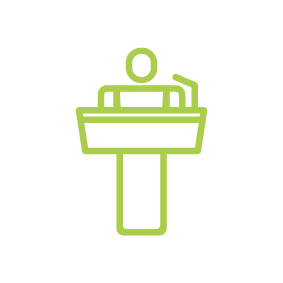 Lecturers
Lecturers
 Gallery
Gallery
 The Dean
The Dean
 CMA
CMA
 CMA President
CMA President
 Dubai Racing Club
Dubai Racing Club
 Dubai Equestrian Club
Dubai Equestrian Club
 Our partners
Our partners
